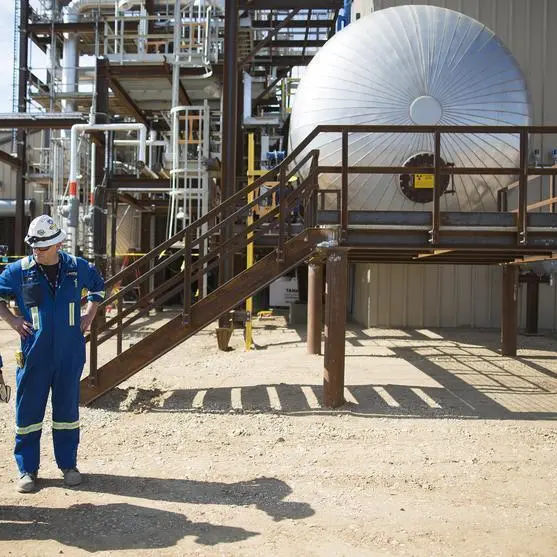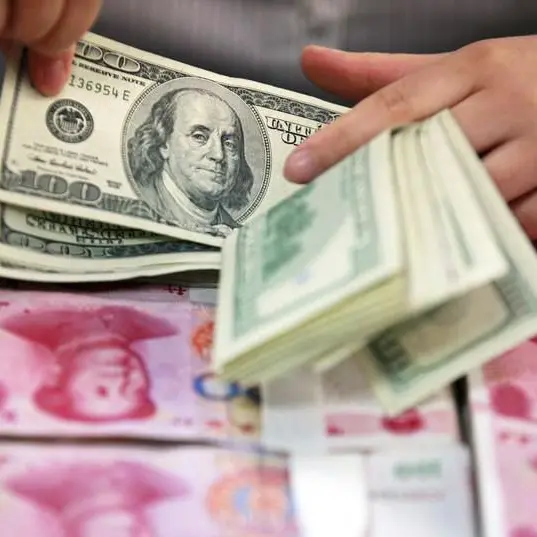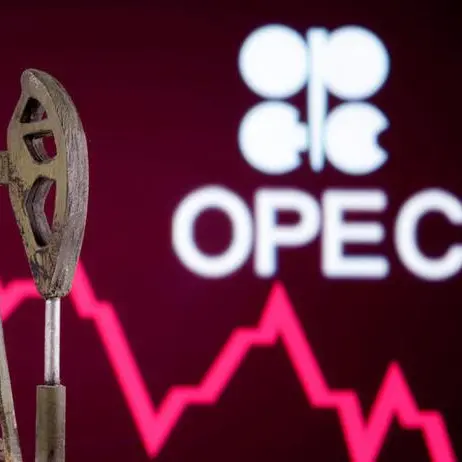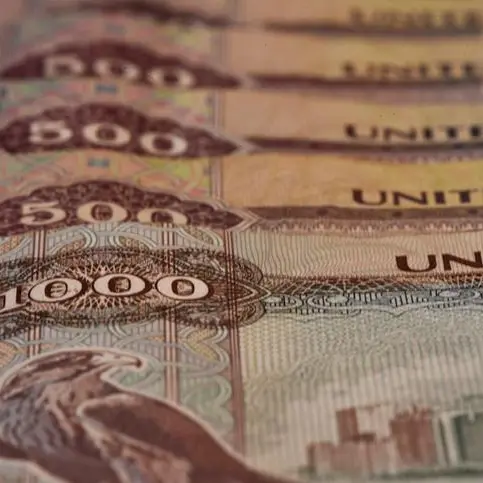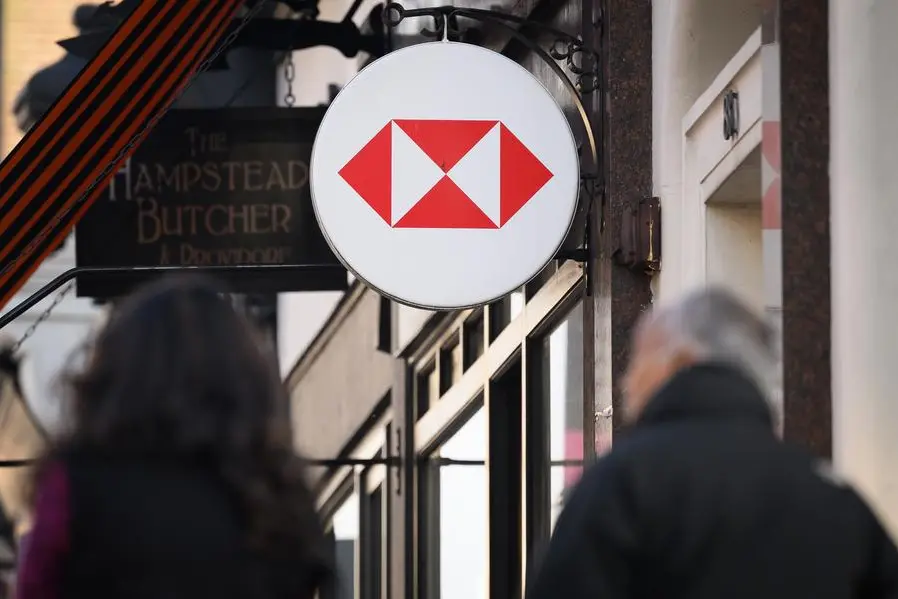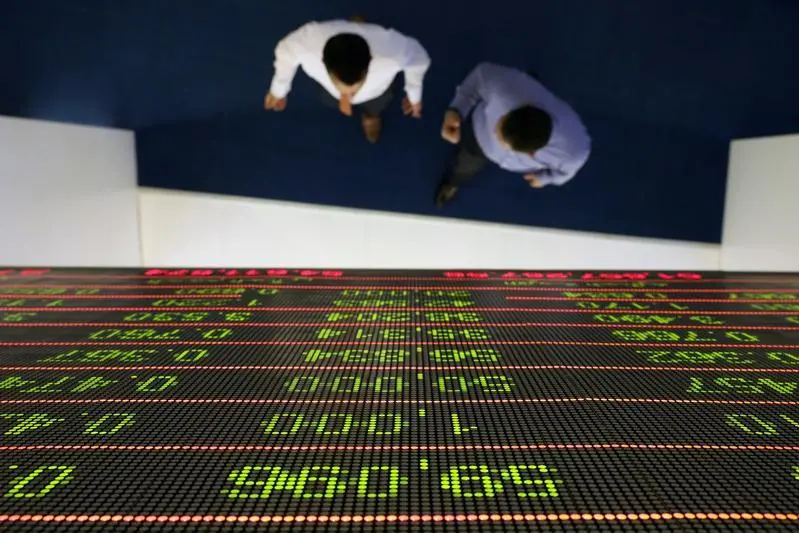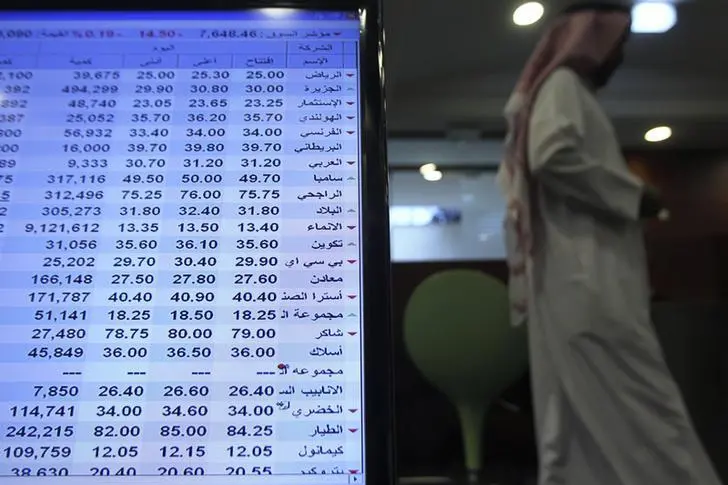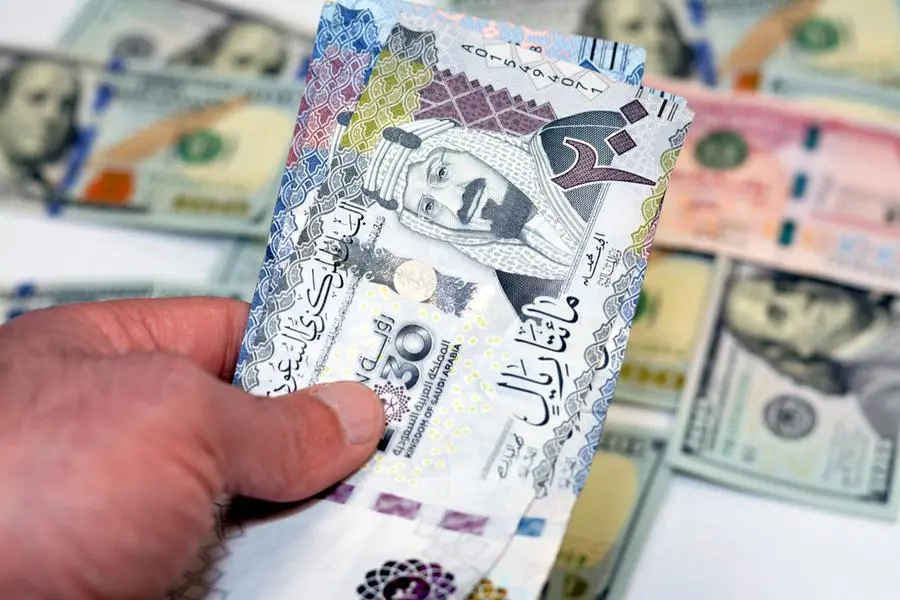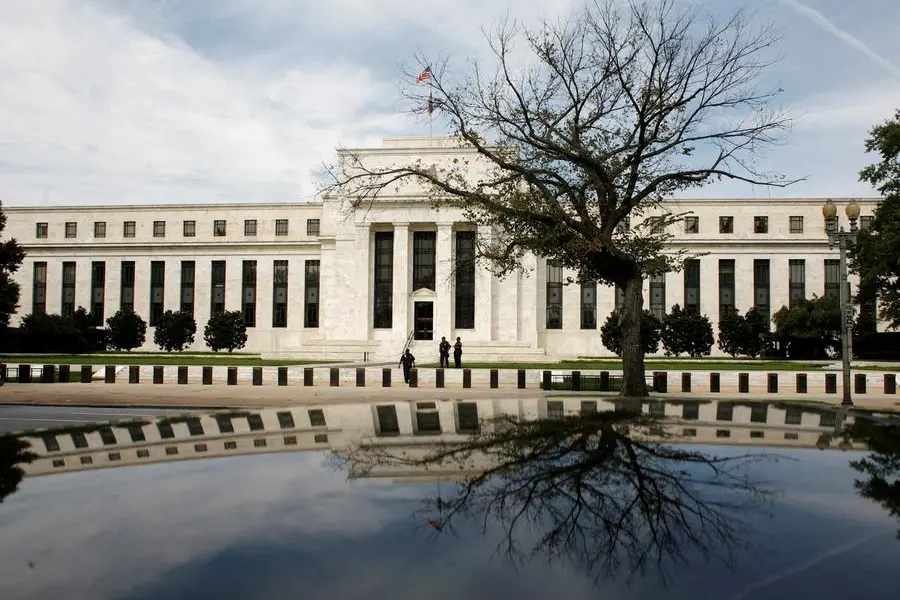I have to admit that I have been surprised by the EUR's resilience in recent months. I am sure an army of rear-mirror analysts can provide a logical explanation. But frankly, relatively few of the same group a year ago would have forecast the 1.40-ish level we are seeing in EURUSD lately. Nevertheless, here we are. But that doesn’t change my belief that reality and gravity may finally return to this, the world’s largest market.
Readers of my past blogs and editorials elsewhere will know that I think the EUR is a monumentally bad idea. In fact, if it is possible to hate a financial asset, I hate the EUR. It has created countless victims in its trail, de facto bankrupted multiple countries, lost most of an entire young generation in Southern Europe and lead Europe in the direction of a totalitarian super state. So yes, I hate the EUR. May it disappear one day soon, leaving only a sad and frightening memory of an irresponsible, dangerous experiment that is never to be repeated. It will also leave behind gigantic economic and human costs. But it would be far better to take that unavoidable loss soon, before it becomes impossible to reverse. Recovery will follow much sooner if the root cause of the current malaise is removed.
I admit it would be naive to think that the EUR situation will be resolved anytime soon owing to the vast amount of political capital that has been invested in it. The huge European bureaucracy and especially the political elite that feed off the EU will do all they can to prevent the EUR’s fall, at least until it becomes inevitable. This will be either due to pressure from voters (even if they are very rarely consulted in this post-democratic political structure) or from the markets, which eventually must reassume their role that has been perverted beyond recognition during the crisis: the true role of allocating capital and pricing money and assets rationally.
But if we are stuck with this "Currency of Mass Destruction", shouldn’t we at least try to make some money from it? I think it is a fair assumption that the EUR either has already topped out here ahead of 1.4000, or is at least very close to doing so. In trading terms, that means beginning to build a short position from current levels and adding to it more aggressively in case of a retest of recent highs. Technically, that is not unlikely at all, but I believe any upside from here will be very modest and very short-lived should it happen. Also note that volatility is at very low levels relative to historical norms, so shorting via options is not a bad option for a lower-risk strategy.
Why are we likely near or at the highs for the cycle? I think a number of elements point in that direction:
1. The economy is extremely weak across the entire EU area and the EUR should never have been where it is in the first place.
2. The Eurozone wants the EUR lower — and needs it lower. The ECB is probably less skilled and less inclined to drive down its currency than other central banks, but this level is simply getting too painful even for the complacent ECB.
3. Deflation is right around the corner and I think the probability is much higher than the 20 percent odds being bandied round by the IMF and others.
4. The Bundesbank seems to be giving up on its usual resistance to quantitative easing. Not a good sign at all as they are the only true guardian of healthy money left in a world of competitive devaluation. Nevertheless, it seems to be happening. The alternative is negative interest rates, but either outcome should drive the EUR lower.
5. There will be more and more unrest in Europe as unemployed youth and public sector employees will make up a strange coalition of bedfellows with small-to-medium enterprises (SMEs) as their interests align against the big business / big bank / political elite coalition. Never forget that SMEs create the jobs, but have very limited access to credit.
6. The populations of Europe will continue to rebel against the undemocratic Brussels, trying to force through one hare-brained, intrusive measure after the next. The obvious, and rare, opportunity to express dissent will be the EU Parliament elections in late May. I think the protest movements will do extremely well in the UK, France, Italy and elsewhere.
7. And finally — technically the EUR looks top heavy after the multiple attempts above 1.3800 in EURUSD in recent months couldn’t get anything going to the upside. As well, volatility is simply too low to stay here forever, and there could be strong momentum and trading interest if the EUR breaks to the downside.
So all in all, things are stacking up against the EUR, even without mentioning the unsustainable debt/GDP ratios, the fragile banking system, the geopolitical embarrassment of Europe’s extreme inability to act decisively and the external economic shocks coming from, among others, China and Russia.
The number of things that can go wrong for the EUR are legion. What can go right is hard to imagine. But I have been wrong before, so do your own homework.
We have priced in the different options in the table below with a EURUSD spot reference of 1.3754. You can see the price in vols and in pips for each of the options and the p/l after six months with different achieved spot levels:

